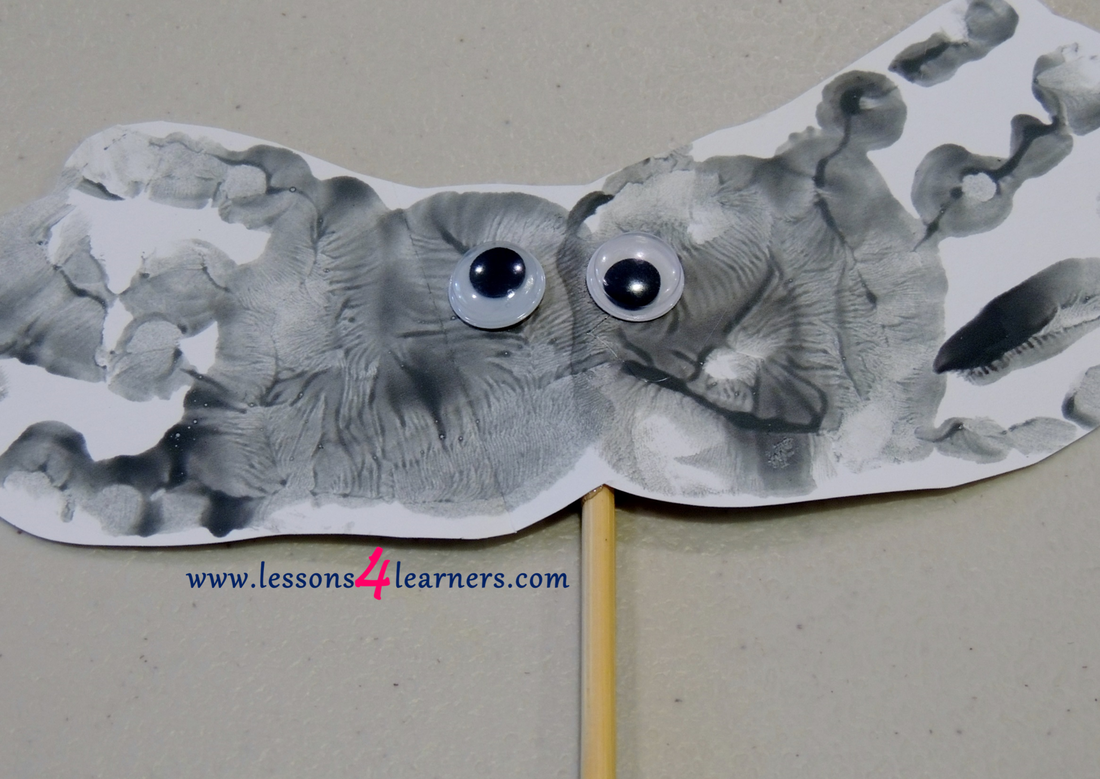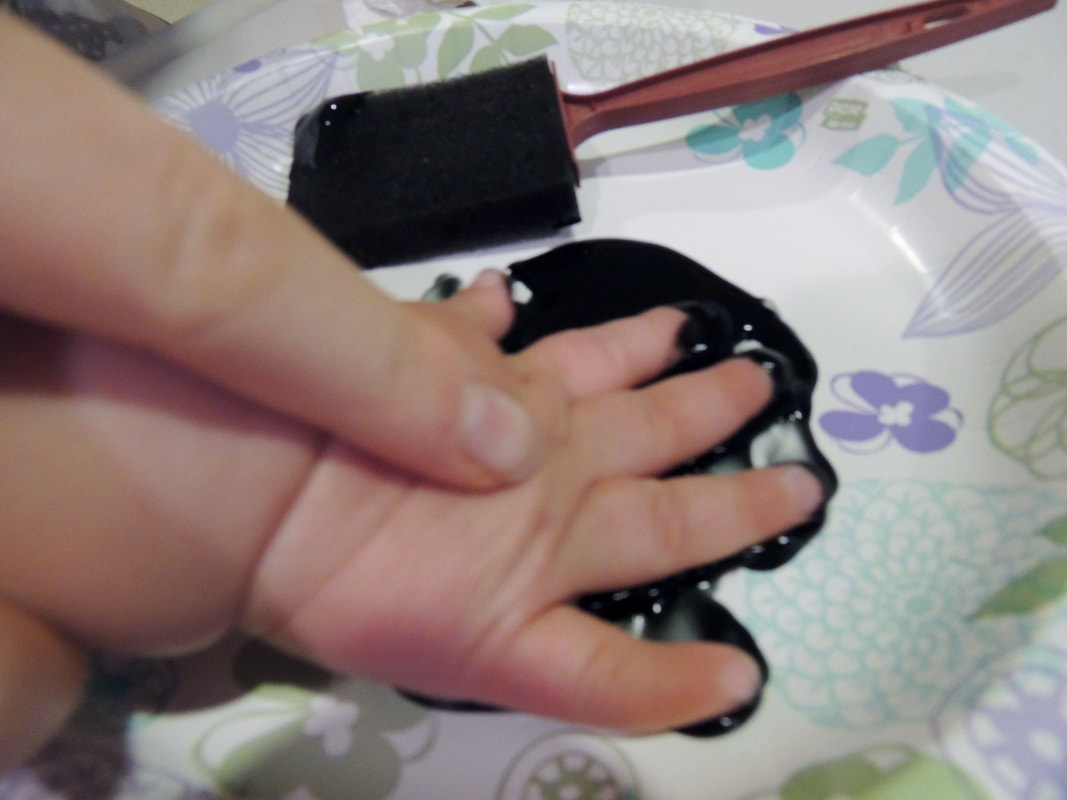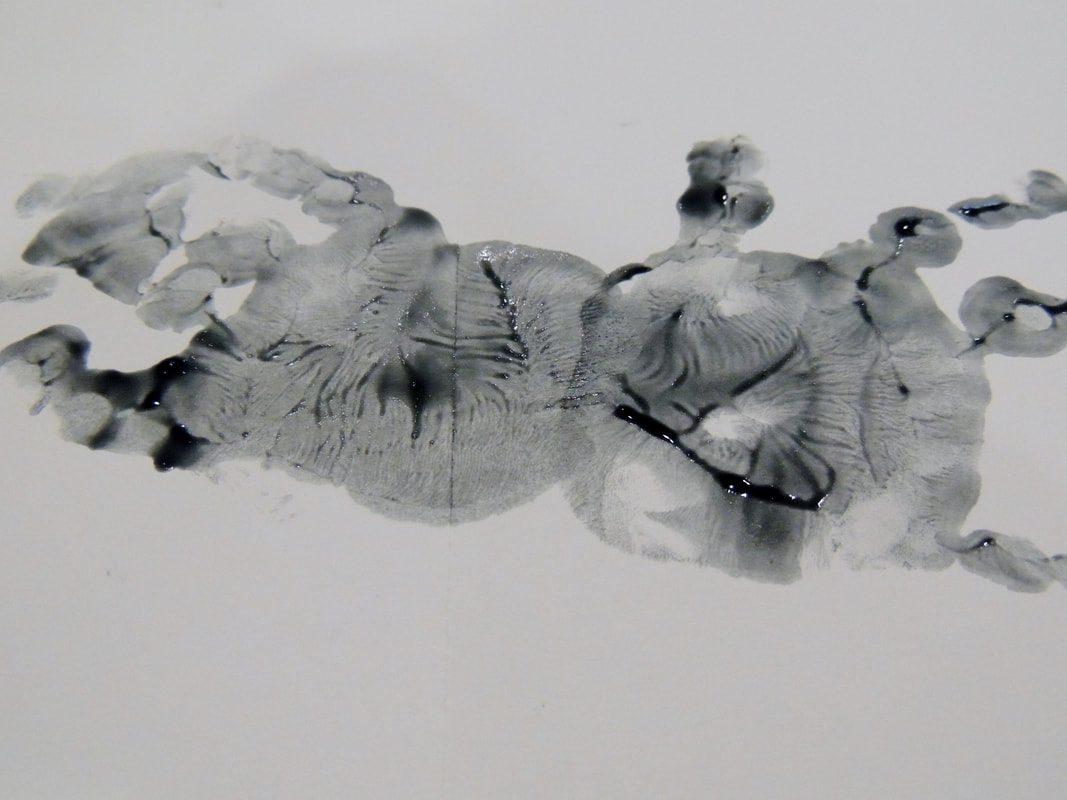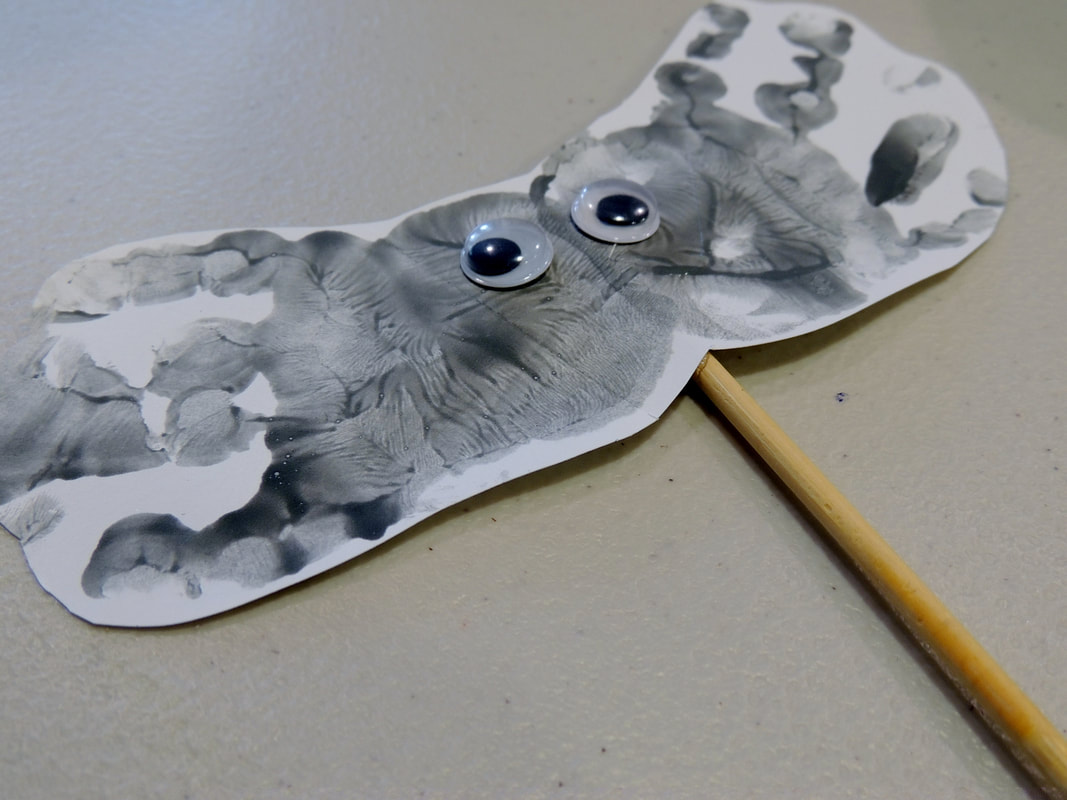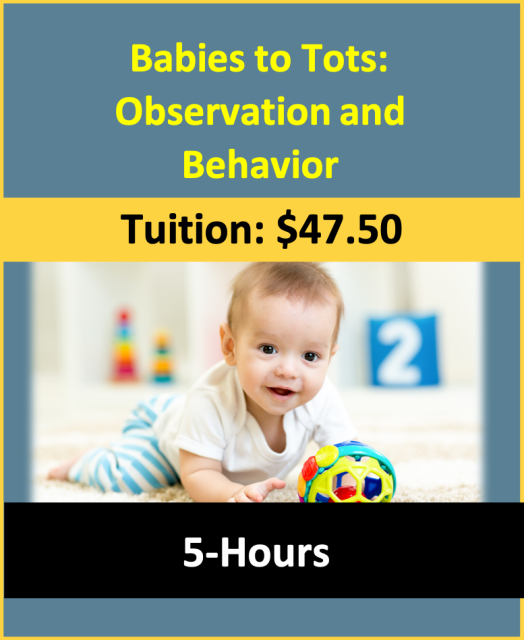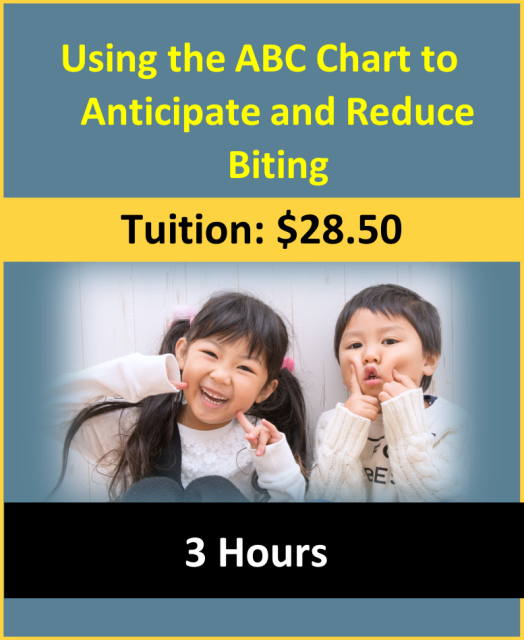Itsy Bitsy Spider Puppet
Lesson Plan:
|
Activity:
Itsy Bitsy Spider Puppet Lesson plan developed by Ms. Erika Geelhoed, BA Ed Age Group: Young Infants * Lesson plan objective and assessment can be adapted to use this activity with mobile infants, toddlers or preschoolers. Objectives: Children will:
|
a) Music and dance/movement materials and activities are available for children daily
Materials:
|
Procedure:
- Begin by creating the spider puppet with the children.
- Coat their palm and four fingers with the black paint and press onto paper (you do not need to print their thumb).
- Repeat this process again to make the other 4 legs.
- Wash the children's hands and let the paint dry.
- When ready, cut out the spider and glue on googley eyes.
- Attach the spider to the popsicle stick using the hot glue gun.
- Using your spider puppet, sing “The Itsy Bitsy Spider” to the children.
Itsy Bitsy Spider
A classic fingerplay
The itsy bitsy spider
Went up the water spout,
Down came the rain and washed the spider out
Out came the sun and dried up all the rain
And the itsy bitsy spider went up the spout again
A classic fingerplay
The itsy bitsy spider
Went up the water spout,
Down came the rain and washed the spider out
Out came the sun and dried up all the rain
And the itsy bitsy spider went up the spout again
Assessment:
- Observe and record the children’s reaction to the song. What body parts did they respond with? What were their facial expressions?
Click on the course icon for enrollment information.
Music Experiences with Infants and Toddlers
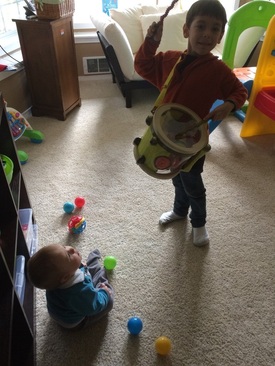
Music plays a powerful role in the lives of young children. Through
music, babies and toddlers can come to better understand themselves and their
feelings, learn to decipher patterns and solve problems, and discover the world
around them in rich, complex ways. Like
all the best learning experiences in early childhood, music activities
simultaneously promote development in multiple domains. Singing a lullaby while
rocking a baby stimulates early language development, promotes attachment, and
supports an infant’s growing spatial awareness as the child experiences her
body moving in space. Music, because it
is so often shared with others in singing, dancing, and playing instruments
together, is by its very nature a social experience. Music activities with infants
and toddlers offer them many opportunities to learn and practice self-regulation.
The experience of being soothed helps babies learn to soothe themselves. Playing songs and using musical styles from
children’s home cultures also creates continuity between home and the caregiving
setting.
Ways to incorporate music with infants and toddlers:
Three to Six Months:
Sing, chant, or recite rhymes to the child as you do everyday activities, such as changing diapers, feeding, cleaning up, and playing. Don’t worry if you do not sing well. The child will benefit from the one-on-one experiences. In addition, patting, rocking, and moving to music help enhance the child’s awareness of music and movement.
Six to Twelve Months:
Provide age-appropriate toys that make noises, such as rattles with different contents (beads, bells, sand). As you sit with the child, hold a toy and encourage the child to hold the toy as well. As you sing or play recorded music, shake your toy and invite the child to imitate your actions. This will not only help build musical awareness, but help develop small motor skills as well.
Twelve to Eighteen Months:
Provide the children with safe musical instruments such as jumbo jingle bells, shakers, xylophones, drums, and toy keyboards.
Instruments can also be fashioned from pots and pans, large plastic spoons, plastic containers, and coffee cans (be sure to securely wrap any sharp edges with heavy tape).
Eighteen to Twenty-Four Months:
Provide the children with scarves. The children should be free to explore the scarves as you play recorded music. The children will show more interest if you join them as they explore the scarves with the music (Jalongo & Isenberg, 1997).
Ways to incorporate music with infants and toddlers:
Three to Six Months:
Sing, chant, or recite rhymes to the child as you do everyday activities, such as changing diapers, feeding, cleaning up, and playing. Don’t worry if you do not sing well. The child will benefit from the one-on-one experiences. In addition, patting, rocking, and moving to music help enhance the child’s awareness of music and movement.
Six to Twelve Months:
Provide age-appropriate toys that make noises, such as rattles with different contents (beads, bells, sand). As you sit with the child, hold a toy and encourage the child to hold the toy as well. As you sing or play recorded music, shake your toy and invite the child to imitate your actions. This will not only help build musical awareness, but help develop small motor skills as well.
Twelve to Eighteen Months:
Provide the children with safe musical instruments such as jumbo jingle bells, shakers, xylophones, drums, and toy keyboards.
Instruments can also be fashioned from pots and pans, large plastic spoons, plastic containers, and coffee cans (be sure to securely wrap any sharp edges with heavy tape).
Eighteen to Twenty-Four Months:
Provide the children with scarves. The children should be free to explore the scarves as you play recorded music. The children will show more interest if you join them as they explore the scarves with the music (Jalongo & Isenberg, 1997).
